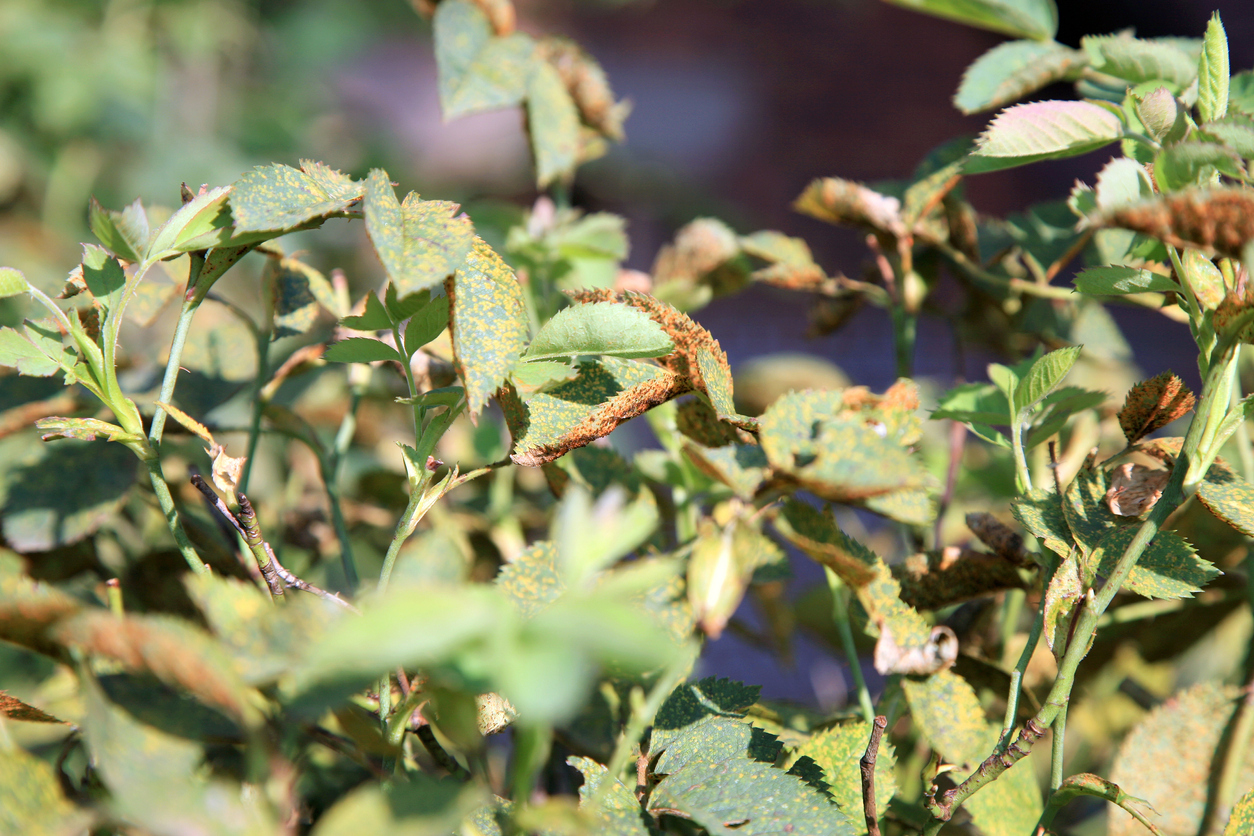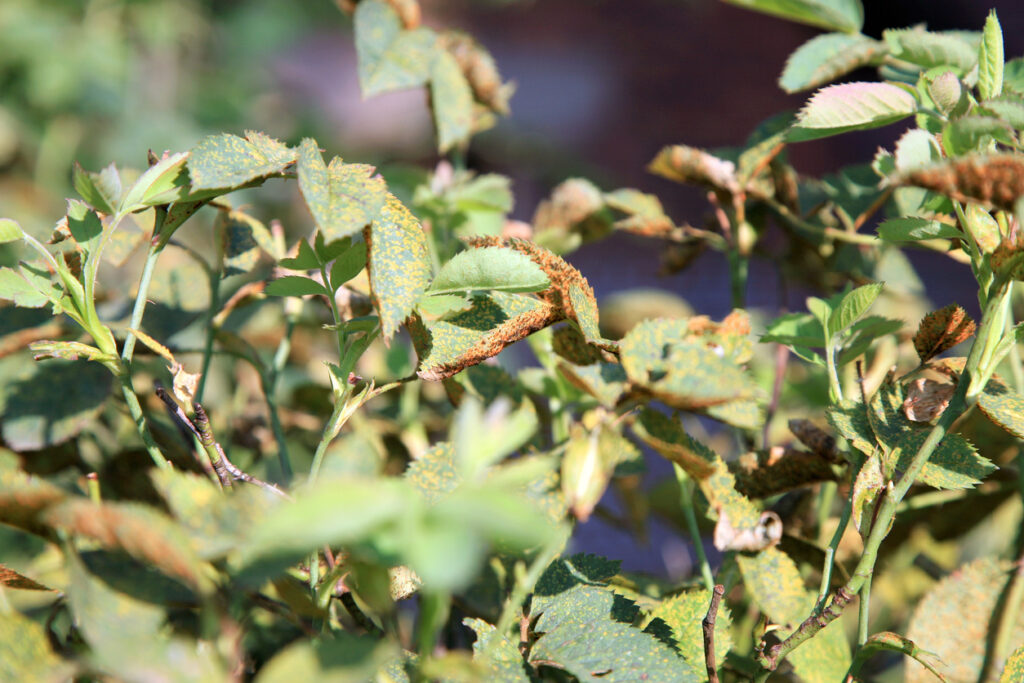Plant Sunburn Damage – How To Prevent Leaf Scorch
Much like humans, plant sunburn damage is a thing. You notice that the leaves of the plant turn white or pale. You start to blame it on a fungal infection or maybe dehydration. But the real culprit is the sun. Too much sunlight can damage the leaves and even the flowers of your plants. This doesn’t just affect plants in the garden, but even those houseplants you keep on a window sill, in the balcony or terrace as well.
Plants, whether they are perennials or annuals, struggle with many health issues throughout their lifecycle. However, plant sunburn damage is a serious problem that can have lasting effects on the plant, and sometimes it can be fatal. So it’s always best to prevent the damage before it happens than try to find ways to revive the plant.
What is Plant Sunburn?
Some plants thrive in the sunlight. They can’t get enough of it. They need about 6 hours of full sun every day. Others prefer the shade. In their natural habitat, they grew in the shadow of large trees. So the light that reaches them is usually filtered through the dense foliage of the canopy above. When you grow these shade-loving plants in your garden or indoors, they might get too much light than they can handle. This causes plant sunburn. That’s when the leaves lose their lush natural color and become bleached.
When the plant isn’t used to long hours of sun, the bright light causes the chlorophyll in the leaves to deteriorate. As pale batches appear on the leaf, they also become brittle and turn brown with time. That’s a sign the leaf is practically dead and will soon fall.
To complicate things further, drought can exacerbate this problem and speeds up the decline of the plant. This is especially true if the air is dry as well which leaves the plant totally under the mercy of the sun. So if you forget to water your plant and humidity is low, your plant is at a higher risk of sunburn.
Light Tolerance of Indoor Plants
Since this can affect your indoor plants as well, you should always check the light tolerance of the houseplants. This ranges from low to medium and high tolerance. Many factors can impact the plant’s light tolerance. These include the following.
- Light Intensity: Windows facing the south for example tend to have the highest light intensity compared to those facing north or east. Sunrooms by design have more sun exposure than other rooms in the house.
- Light quality: Direct sunlight can play havoc with a plant that is used to filtered light. So use a thin curtain to filter the light coming through the window or window bay and protect light-sensitive plants.
- Duration: The longer the leaves get sunlight the more chlorophyll breaks down. On the other hand, some plants need longer hours of darkness to grow and flower. Christmas cactus for example will not flower if daylight lasts longer than 11 hours.
Signs you have Plant Sunburn
The signs of plant sunburn vary depending on the plant species and their light tolerance. While pale leaves are the most obvious symptom, not all plants have lush green leaves. You might even mistake variegated leaves or naturally pale leaves for sunburn damage. So you need to take into consideration some or all of the following symptoms to give your plant the proper diagnosis.
- The leaf margins are turning brown. Don’t mistake that for the brown leaf tip issue often caused by dehydration. Here the whole edge alongside the contours of the leaf turns brown.
- The space between the spine of the leaf and the main veins turns yellow or becomes dark. That too is a sure sign of leaf scorching.
- The affected areas of the leaf will become dry and brittle and holes appear in the leaf after some time.
- The loss of color and change of texture of the leaf happens on the upper side. The underside will remain lush as usual.
- It also happens to leaves at the top of the plant since these are the ones that get the most light. Leaves at the base will not be affected.
- Sunburn damage can take different colors. For evergreen plants that have narrow leaves, the color might turn purple instead of pale or brown.
- Plants are most likely to suffer from sunburn damage in the late summer especially when dry winds blow.
- Leaves will drop at a faster rate than usual as a result of sunburn. New offshoots and twigs will die prematurely as well.
- Winter strong and dry winds can cause sunburn damage just as much as strong sunlight in the summer. Even in the absence of the sun, dry wind can damage the exposed leaves as well.
- Winter sunburn damaged caused by the wind leaves brown marks on the leaves of evergreen plants.
Plant Sunburn Prevention
Experts recommend that you do your best to protect sensitive plants to prevent plant sunburn. Easier said than done, you might say. However, you can avoid the damage of intense light if you select your plants carefully. Always position them in a place that suits their specific light needs, and protect them from strong winds as well as harsh sunlight. Here’s how you can achieve that.
- Location: One of the best ways to prevent plant sunburn is to select the right location for the type of plant you’re growing. Different species have different light needs and varying high light sensitivity. Even for a plant that requires plenty of sunlight, shade is still important. When in doubt, you should err toward shaded places. If the plant shows signs of light deprivation, you can move it later to a more sunny spot. There’s a difference between sunlight and scorching heat. The first is necessary for most plants while the latter causes damage.
- Water and Humidity: Heat combined with dry wind can be lethal to most plants even the hardy ones. So always remember to water your plants in the dog days of summer. When to water is just as important for the overall health of the plant. Horticulturalists recommend that you always water plants in the early morning rather than in the afternoon. This prevents the water from evaporating quickly and gives the plant adequate time to absorb the moisture and brace itself for the sweltering noon heat. Plant misting helps quell the damage and keep the plants healthy.
- Mulch: The benefits of mulch are numerous. Mulch keeps the soil moist which leaves the plant less exposed to sunburn damage. Organic mulch insulates the plant and prevents weeds from growing.
- Shade: If you still fear that your plants might get damaged, you can just cover them. Make sure the cover is thick enough to cut as much of the sun glare as possible. Transparent or think plastic might not help. Burlap or thick fabric offers better protection to the plants.
What to do about Plant Sunburn
As damaging as plant sunburn is, some plants can actually survive it and regain their health and lush vigor foliage. Others are not so lucky and will succumb to the damage and wither and die. It has to do with the plant’s tolerance to light intensity as well as the quality and duration of the light itself. Not to mention that drought and dry winds play a role as well.
That said, your response to the distressed plant can increase its chances of survival if you take action immediately. The longer you keep the plant exposed to these stresses, the less likely it will get back to normal again. So what should your response be like?
- Immediate Shade: As soon as you notice the symptoms of plant sunburn, you should move the plant to a shaded spot immediately. This will reduce the damage to the leaf cells and prevent the breakdown of chlorophyll. As we have seen sunburn damages, not just the leaves but flowers and even fruits. So you could help the plant recover quickly by just keeping it away from the high-intensity light. At the same time don’t keep the plant in a dark place thinking this would help. It still needs light, just not that much sunlight.
- Water: A sunburnt plant is most likely dehydrated. So water the plant immediately as soon as you take it out of the sun. This applies to outdoor plants struggling in the glare of the hot sun. Soak the soil with water to allow the roots access to moisture as soon as you can. Aim the water at the base of the plant so it will reach the roots quickly. You might have to do this every day as long as the soil dries out. And while you’re at it, cover the leaves and stems with water as well. This will increase the humidity levels around the plant and prevent further damage. For indoor plants, you can place the pot in a tray full of water and gravel to improve the humidity of the place.
- Pruning: Some of the leaves and stems will be damaged as a result of exposure to sunlight. Those damaged leaves will not recover. So it’s better to get rid of them. Not only do they look ugly, but they use up valuable plant resources. Use clean and sterilized shears to trim all the damaged leaves, stems, flowers, and even fruits. This triggers the plant to grow new leaves and offshoots to replace the burned ones.
- More Mulch: We mentioned mulching to prevent plant sunburn. It also works ever after the plant has been damaged. Mulch improves water retention and keeps the moisture in the soil. Mulch helps against the dry wind as much as it protects the plant against the excessive sun.

